A Case Study
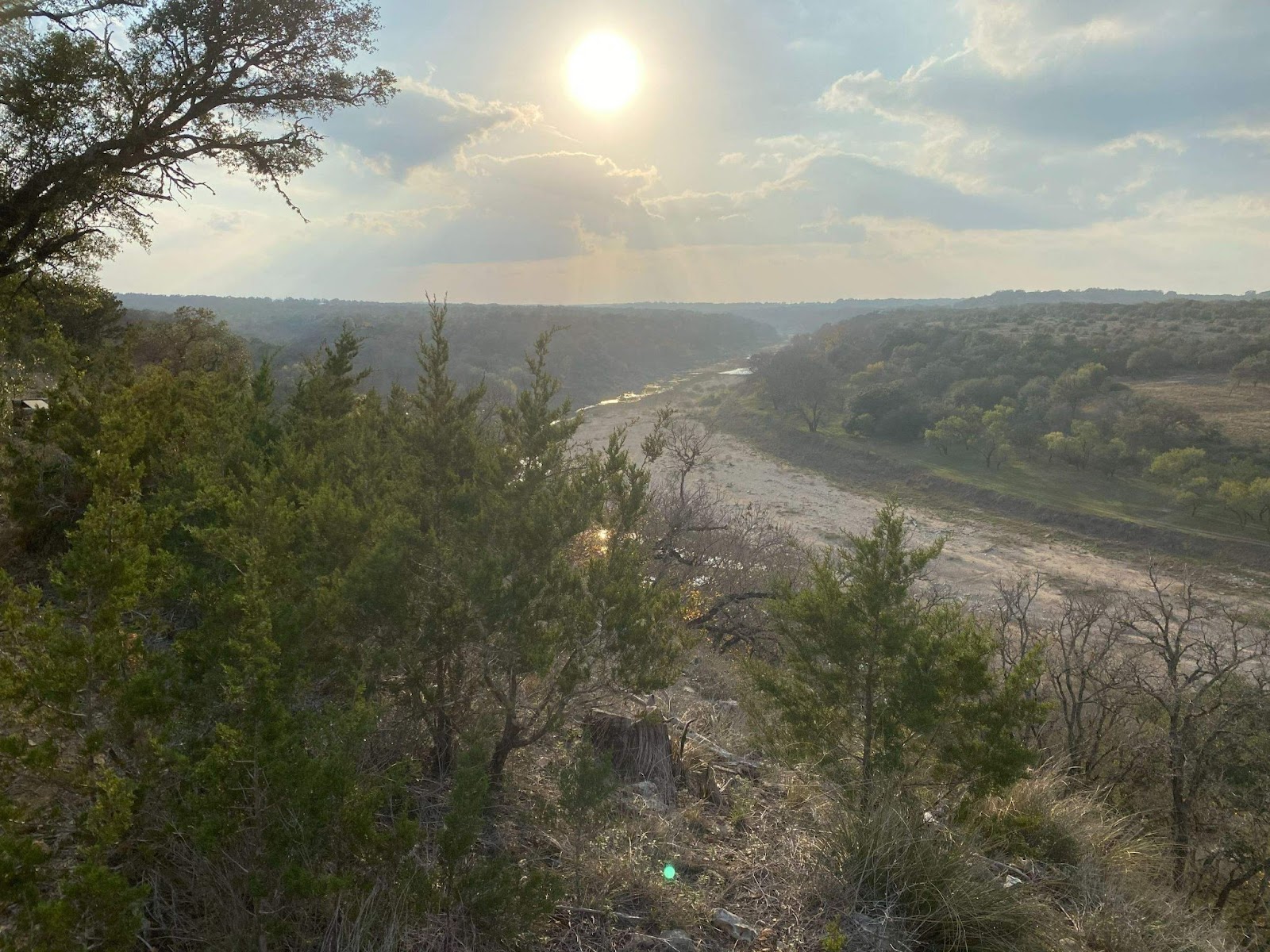
THE STORY OF SERENDIPITY
We first met with the new land stewards of this 200 acre parcel, they have named Serendipity, after our mutual friend, herbalist extraordinaire Ginger Webb recommended Symbiosis to help. The clients spoke about wanting to be good stewards to the land and specifically to do whatever they could to benefit the water cycle. So as we began to design this was our primary objective, to make every drop of water that fell on this property of maximum benefit. We completed the design process over the course of 6 months or so in 2021. Our clients were excited about the projects we had designed and gave us the green light to get started on as many as we could manage ASAP.
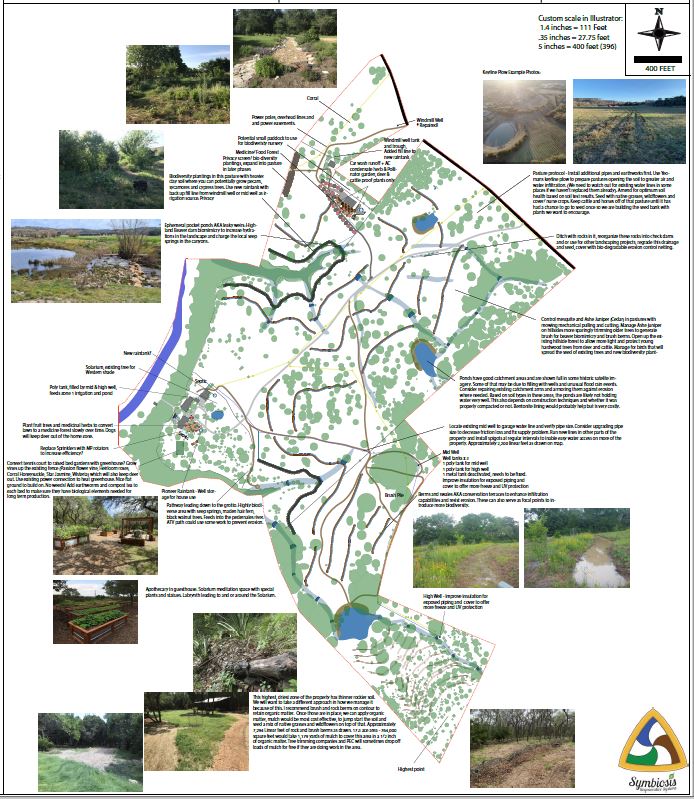
BREAKING GROUND:
Even as we were still in the design phase we began to jump into some projects starting with installing a 65,000 gallon Pioneer raintank connected to a new metal building on the property. Once the building was complete, we installed the pump station, the pump house, a fill line from the windmill well and outflow plumbing. We skirted the high side of the building with limestone chopped block and amended soil where the pad was roughly 5 feet above grade and planted fruit trees and berry bushes, running irrigation off the new raintank to support the establishing plantings. This area is known as the Medicine Forest Garden.
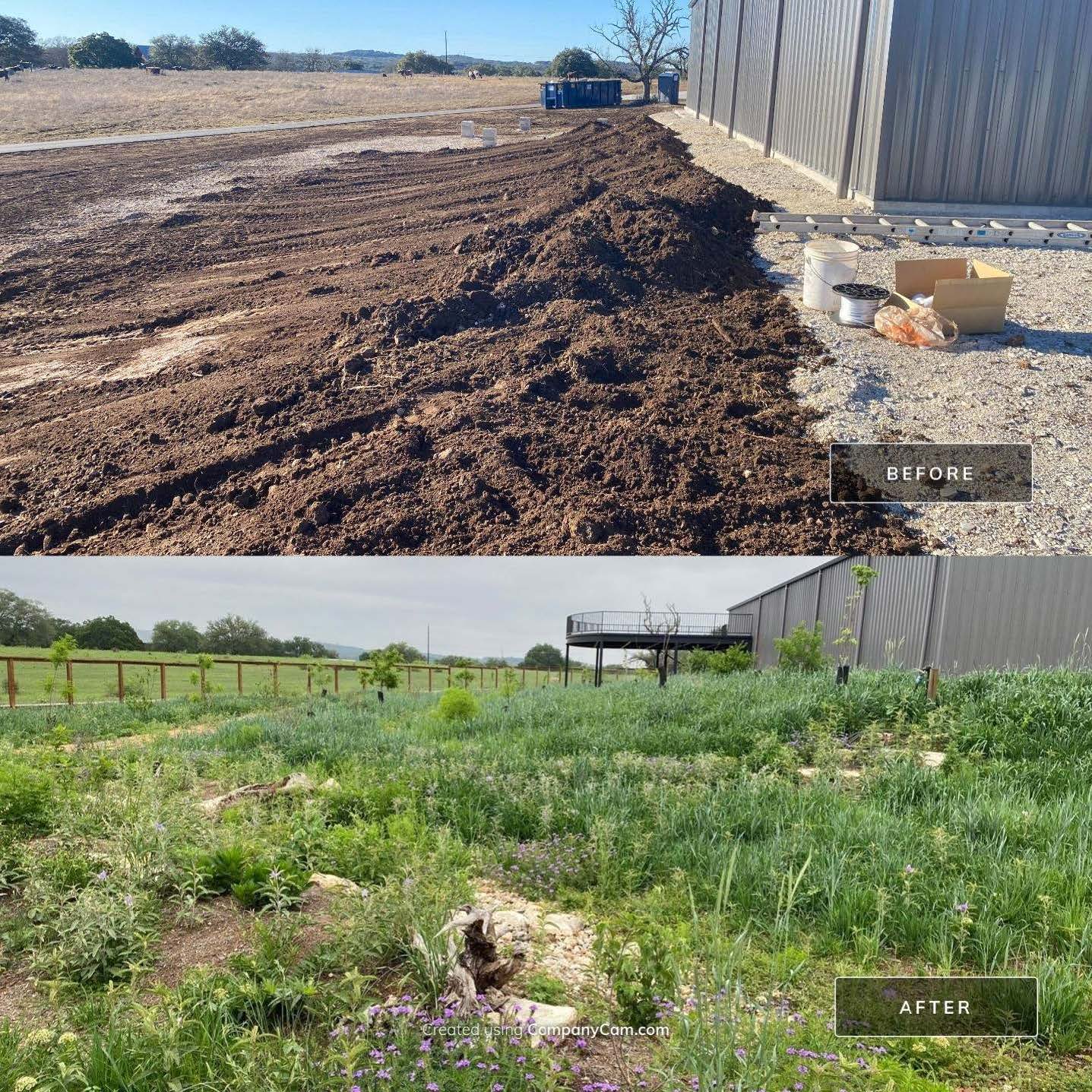
Problem Solving:
We did not receive much rain in the Spring of 2022 and as the temps rose and the drought set in, the cows began to maraud into the Medicine Forest Garden, pushing aside deer cages to get at the green plants growing near the irrigation. Many of the blackberries did not survive the grazing but some did and are growing strong now. The cows brought in bermuda grass seed on their hooves and in their manure. Or maybe it was just windblown seed, I don’t know exactly how it got there but we are now working to establish native medicinal plants and wildflowers to hold the ground against it becoming 100% bermuda grass under the trees and berries. Our clients approved a cedar and cattle panel fence which we built in Summer of 2022 to keep the livestock out of this area and it is now becoming a biodiversity hub on the property fed by rainwater.
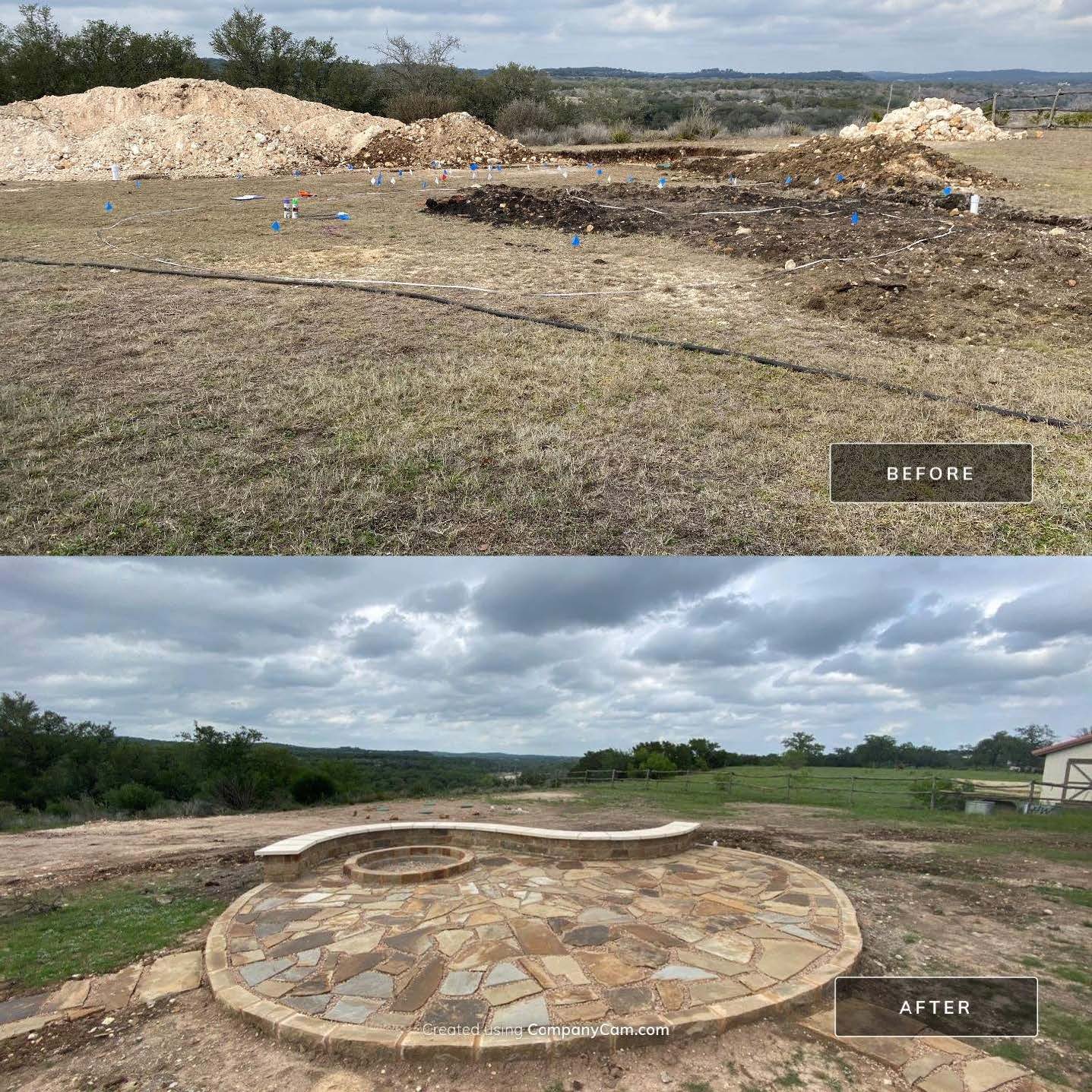
Growth:
We’ve planted over 1,000 individual plants in the Medicine Forest Garden and have seeded many more as 2022 was coming to a close. We built two constructed stream beds with rain gardens. One to catch overflow from the raintank and one to catch runoff from the driveway. They will create unique habitat for wildlife as they settle in and the native plants take hold. This biodiversity hub, protected from the cattle, will provide seed source to the greater property and surrounding ecosystems that the wildlife, wind and water can carry out.
We began seeding 145 acres with a custom cover crop mix, native grasses and wildflowers. We penned the livestock in the high pasture during this process to let the seeds establish before being grazed and giving the ground some rest. When we let them back out we closed off the high pasture and seeded that area in early 2023. It is so exciting to see the pastures greening up after the long dry Summer of 2022 when almost everything was brown and dry with nearly no forage left for the livestock. In years to come, we hope to keep the ground covered through all seasons providing protection to the soil and food for the livestock. We are working on reducing the livestock herd size and implementing rotational grazing to help with soil building and prevent loss of biodiversity.
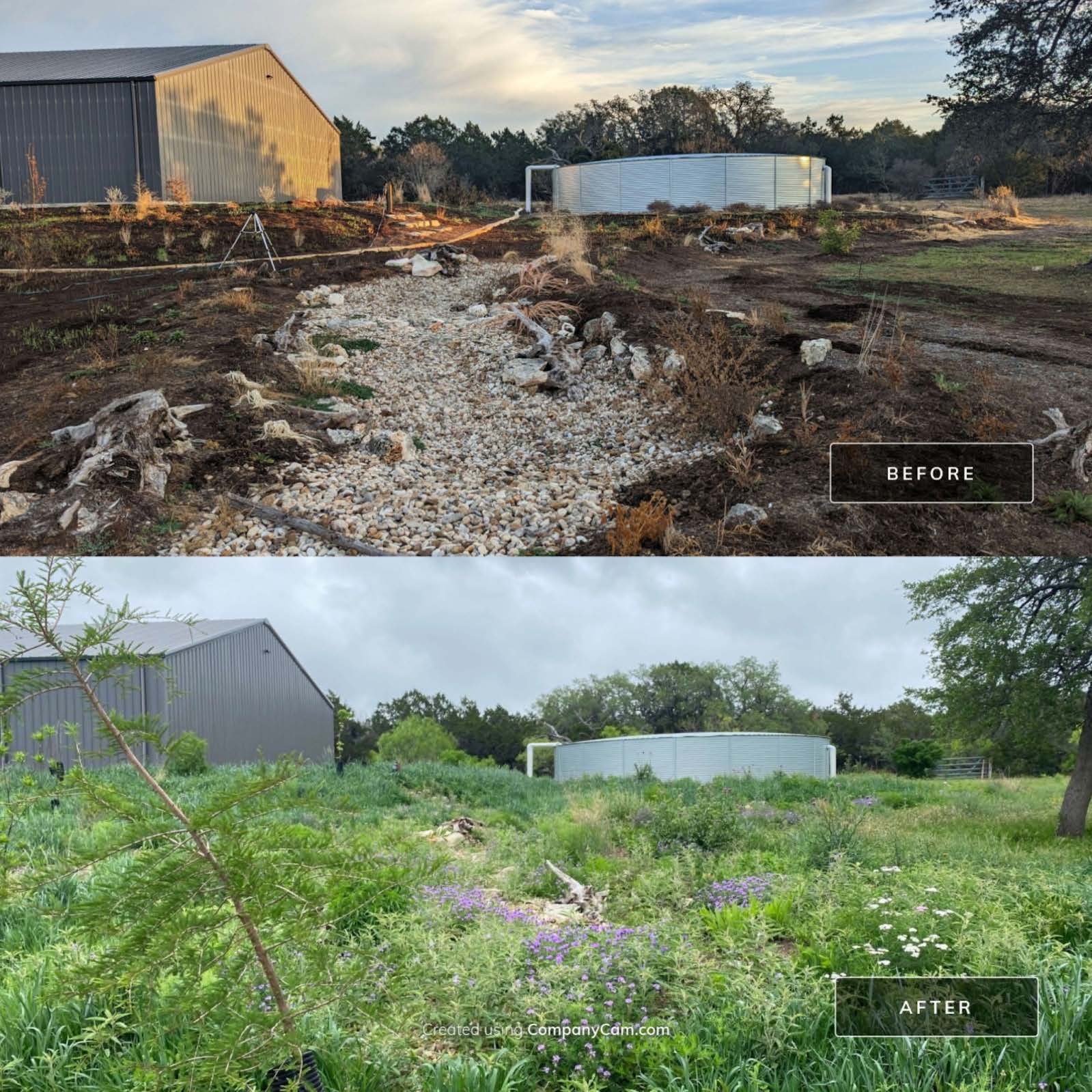
Water and Soil Management:
During the hot dry Summer of 2022, we did a number of greater land projects. We did 31 miles of keyline rips opening up the soil for better infiltration of water and air, breaking up the hardpan from overgrazing. During this project we removed a bunch of mesquite trees and put them into brush berms in places where they will be able to slow runoff and help reestablish biodiversity. We spread mineral amendments mixed with dairy cow compost over approximately 145 Acres to balance the soils and increase the ability for all forms of life to thrive here. We installed ephemeral ponds and some beaver biomimicry systems while addressing the major erosion problems on the property. These will be places where we can create pockets of biodiversity and wildlife habitat. They will increase spring flow as they detain and infiltrate runoff with each rain. We estimate their total storage capacity to be over 1,425,000 gallons. Because these are not sealed but rather designed to infiltrate water they will be charging the local water table, springs and eventually aquifers with water that previously was running off the property. We completed 4 rounds of installing berms and swales with Pete at Drought Proof Texas. We installed a total of 4,366 linear feet of berms and swales with a storage capacity of 244,496 gallons. These features will have the same benefits as leaky weirs but function to spread water out across the property, bringing it where it is scarce and then directing it to places of our choosing during overflow events.
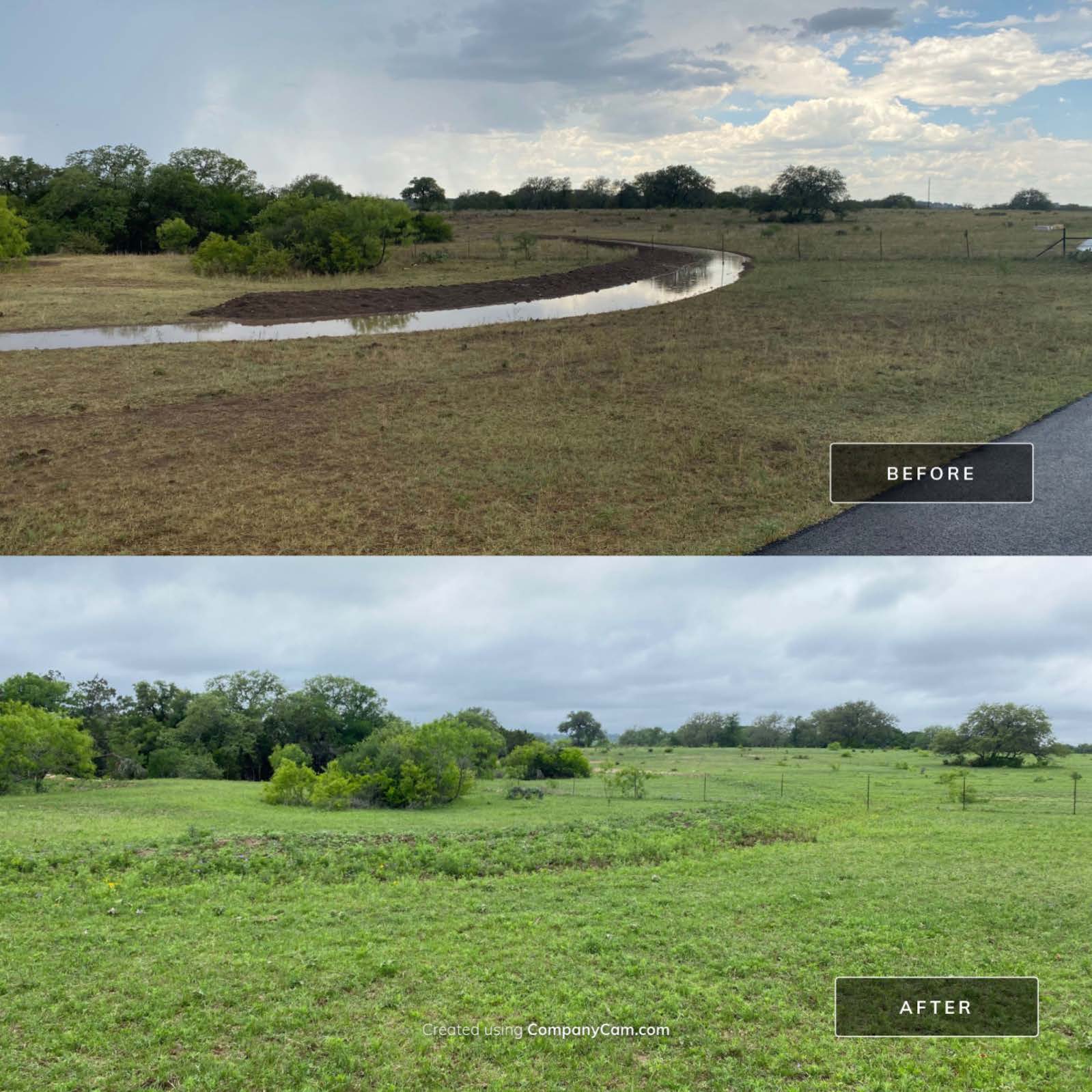
Legacy:
It has been a joy and an honor to work on this project and see it through all four seasons!
Already we are tracking some increased spring flow in the canyons beneath the earthworks we’ve installed.
We will continue to work on new projects while maintaining and monitoring areas we’ve already worked on. We hope to build an archive of useful data and be able to tell the story of transformation at Serendipity for many years to come. We are currently seeking research partners to help us track and quantify the data being produced as we work to regenerate this land. In pursuit of creating a research project that can offer scientific data, we’ve built a web app using GIS technology that can help us to place each feature on the map and input data as we or our research partners visit the site. If you want to learn more you can visit the web app here: Serendipity Web App
